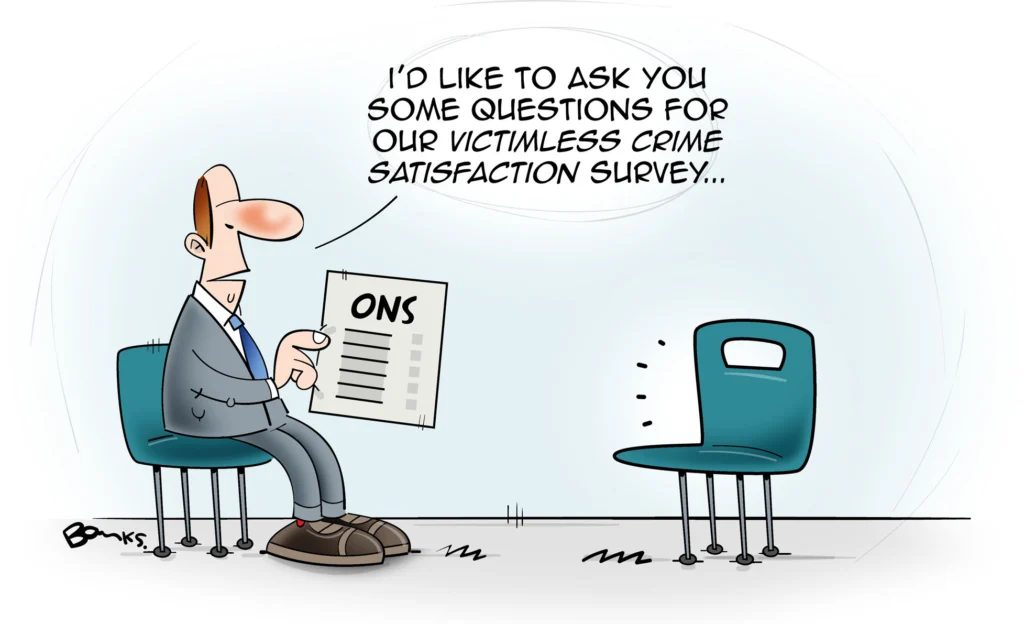Analysis
Video Analysis: A Guide to Amped Authenticate Video Mode

ADVERTORIAL: By Amped Software
In today’s digital landscape, videos have emerged as relevant sources of evidence. They can be acquired from sized devices, social networks, private individuals, or some deep place on the web. In all cases, determining the reliability of such content is paramount for its proper use in investigations and legal proceedings.
We should also consider that the widespread availability of video editing tools has made it alarmingly simple to alter video content, whether to distort reality, fabricate events, or manipulate narratives. This poses a significant challenge to the assessment of the integrity and authenticity of video findings.
While various tools exist for analyzing digital images, the complexity of video compression standards adds substantial obstacles to their analysis. Indeed, unlike still images, videos cannot be treated as mere sequences of individual frames. Video compression standards employ complex encoding procedures for each compressed frame in both spatial and temporal domains (you can access a more detailed resource here). Consequently, traditional image analysis techniques are generally inadequate for the forensic analysis of digital videos.
The Amped Authenticate Video Mode was designed precisely for dealing with video evidence. It comes with a user-friendly interface with various panels. First, we can drag and drop the video evidence to be analyzed in the Evidence Video Panel. A central player window allows the surgical view of each video frame with the corresponding main video statistics (resolution, frame rate, time, zoom level, type of encoded frame).

A filter panel allows us to select among several tools for dissecting the evidence video.
The Visual Inspection filter allows a first response in the video analysis with controlled playback and basic light-intensity processing to enhance details. Zoom can be applied without introducing interpolation, and the video can be resized to its original resolution to show the real information available in the evidence video.

As a second step, the Advanced File Info filter can be applied to analyze metadata, codec, and compression statistics. The filter is based on the technology that has been evolving in Amped FIVE for years: we can combine the output of most developed libraries for interpreting video meta information (such as ExifTool, MediaInfo, FFmpeg, and FFprobe) and proprietary-based libraries to list compression characteristics of each frame.
Then, we are ready to go deeper into the video analysis through the Compression Analysis panel, in which we can analyze the most relevant statistics of every macroblocks of each frame and assess their consistency with the video’s expected life-cycle.

This inspection can be hard to interpret given the huge amount of variables involved in the video encoding. That is where advanced tools come into play. For instance, the VPF filter can be turned on to automatically search for traces of multiple compressions in the video. This filter can be extremely useful when the integrity of the video is questioned. It can expose traces of the previous compressions by identifying some specific signal periodicity. The output of the VPF filter, as many other filters, is provided also in a Plot Viewer tab to provide a quantitative representation of the feature values extracted by each frame.

In addition to that, Amped Authenticate also allows analyzing the temporal coherence of the video sequence and possibly detecting manipulations such as repeated sequences or abrupt changes. Let’s make an example: the visual inspection of a video leads us to believe that the video is composed by the repetition of the same sequence. However, the visual analysis is qualitative. To add objectivity and speed up the work, the Channel filter can be exploited to compute the average channel color level for each video frame. The results are reported in the Plot Viewer, where the user can visualize the computation in multiple color spaces (RGB and HSV). Although conceptually simple, this filter is very effective for locating cloned sequences of frames, like in the example below, where we can clearly identify three repetitions of the same pattern.

Last but not least, each frame of the video sequence can be independently analyzed with any of the image-based filters developed in the Image Module. Indeed, a single frame can be easily sent to the Image Module with a single click. Note that only a limited number of image-based filters can be meaningfully applied to frames extracted from a video sequence. As a rule of thumb, physic-based methods (e.g., Shadows) can be generally applied to frames, as well as noise-consistency methods (e.g., Noise Map) and visual consistency methods (e.g., Clones Keypoints). Conversely, filters based on the analysis of compression, coding parameters, and metadata, are not suitable for this kind of application, given the differences between image and video compression standards. As an example, we show below the shadow consistency performed on a frame sent to the Image module.

When the analysis is over, a forensic report is required to guarantee the reproducibility of the results. Similarly to the Image module, in the Video mode we can easily bookmark our findings through the Project panel and generate a forensic report with all the details required to verify each step of the performed analysis: the input data, the selected parameters, the outcomes, and the scientific reference on the implemented filters. All in a few seconds.

In the end, with the Authenticate Video Mode, we can analyze a video sequence from various perspectives and combine findings from different domains (visual, metadata, compression, continuity, noise level) to answer the most relevant forensic tasks such as integrity verification, authenticity assessment, and source identification. Furthermore, the implemented technologies have a strong scientific foundation since they are based on research published in peer-reviewed journals. All the findings can be put together in a forensic report specifically organized to allow anyone to verify each step of the performed analysis. Learn more about the Authenticate Video Mode here.
Category: AdvertorialTechnology
Advertisement
Job of the week
Police staff investigator (PIP 2)

- Devon & Cornwall Police
- PPU, Ashburton; PPU, Torquay; PPU Bodmin CID Torquay; CID Exeter, CID Barnstaple, CID Liskeard, CID Bodmin, CID Newquay, CID Falmouth, CID Cambourne, CID Penzance, CID Charles Cross
- Grade 7 - Starts at £36,630 rising by yearly increments to a maximum of £40,893 per annum
We are proud to be expanding our team and strengthening our investigative capacity across Devon and Cornwall by recruiting up to 35 experienced Police Staff Investigators (PIP 2) to help us deliver the highest level of service to our communities. Vacancies are within our Criminal Investigation Department and Public Protection Units.
Read more

